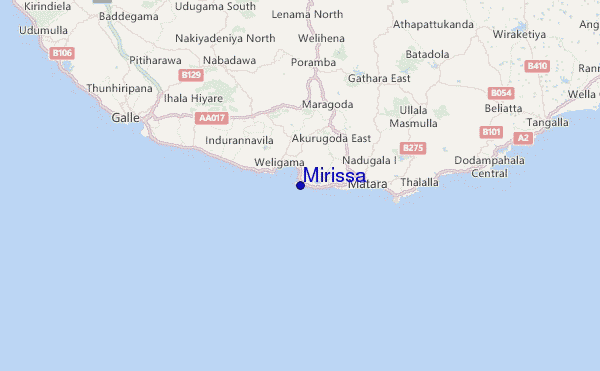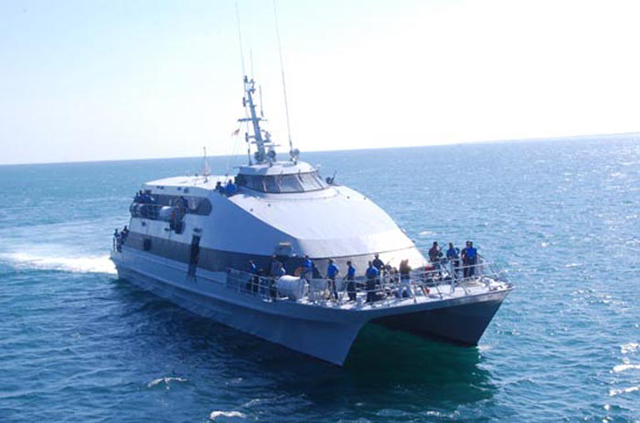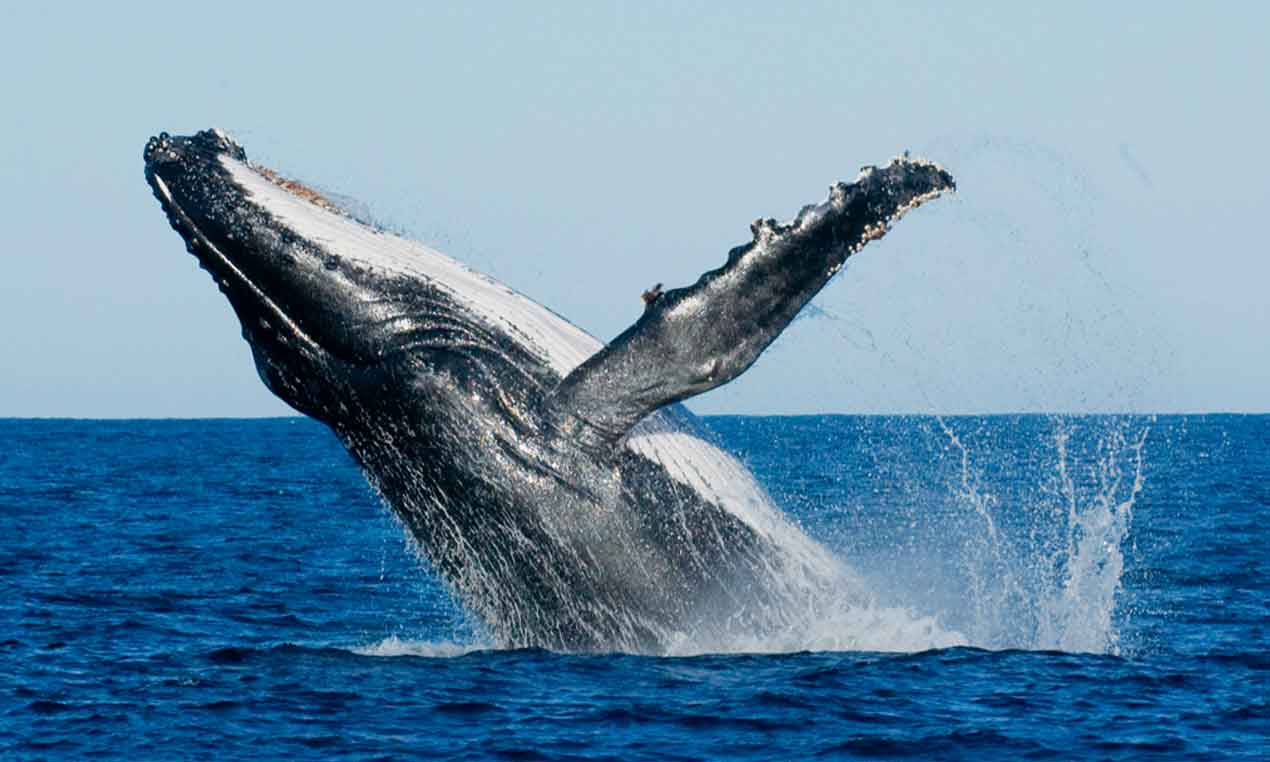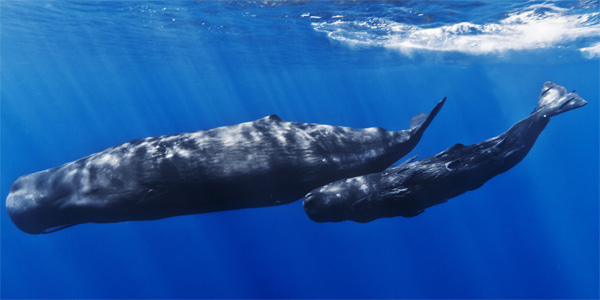At up to 29.9 metres in length, the Blue Whale is said to be the largest animal to have ever existed in the world. Seeing these magnificent creatures is a must at least once in a lifetime. So head over to Mirissa in Sri Lanka, and feast your eyes on this glorious beast!
Where?

The coastal hamlet of Mirissa is tucked away in the south of Sri Lanka, in the Matara District. It’s close to three hours away from the Bandaranaike International Airport so you will have to come prepared to stay in Mirissa. Accommodation won’t be a problem as there are plenty of options ranging from budget hotels and hostels like those by Yoho Bed to even luxury resorts should you want to splurge a bit.
How?

There are quite a number of whale watching tours available in Mirissa but do your research first, read up on reviews and find out what is best, because it’s very important that you go with a trusted service provider in order to avoid any scams or worst, accidents. The most trusted option would be to go with the Sri Lanka Navy, they offer tours that cost US$ 60 for foreigners (US$ 30 for kids). A typical tour would last for up to 4 hours.
What to Take?

Sunscreen! Make sure to apply it way before you set out. And take care to also take a hat and some sunnies. Since you’re gonna be stuck on the boat for four hours at sea, best to pack a few snacks too. Some tour agencies offer this as part of the package but it’s always best to take some food of your own. And most importantly, if you’re prone to be sick at sea be sure to take medication for it.
And Finally, What You’re Going to See!
Blue Whales

It’s said that the waters around Mirissa are rich in plankton, a kind of micro-organisms which the whales feed on. Because of this, marine biologists believe that there is a resident population of blue whales resulting in constant sightings, especially during the peak season between November to April.
Sperm Whales

and…Dolphins!

Catalina Forbes is a travel writer who bases her content on many thrilling escapades experienced across the world. Google+

 Maldives has a group of these species that are hard to find in any other region. The Dwarf sperm whale, Tropical bottlenose whale and the Melon-headed whale have been spotted in the ocean surrounding Maldives. The best way to see these creatures is to pay for a cruise or a safari boat. The boats get quite close to these animals and you could see them dive and then rise above the sea level. It is fascinating to watch them as most of the animals travel in enormous schools and you can watch them swim right in front of you. The most commonly seen species during a trip is the pilot whale. If you are not familiar with the different species don’t worry yourself too much about it. There are expert guides on board in each of the trips and they are sure to inform you about the varieties that you see.
Maldives has a group of these species that are hard to find in any other region. The Dwarf sperm whale, Tropical bottlenose whale and the Melon-headed whale have been spotted in the ocean surrounding Maldives. The best way to see these creatures is to pay for a cruise or a safari boat. The boats get quite close to these animals and you could see them dive and then rise above the sea level. It is fascinating to watch them as most of the animals travel in enormous schools and you can watch them swim right in front of you. The most commonly seen species during a trip is the pilot whale. If you are not familiar with the different species don’t worry yourself too much about it. There are expert guides on board in each of the trips and they are sure to inform you about the varieties that you see.